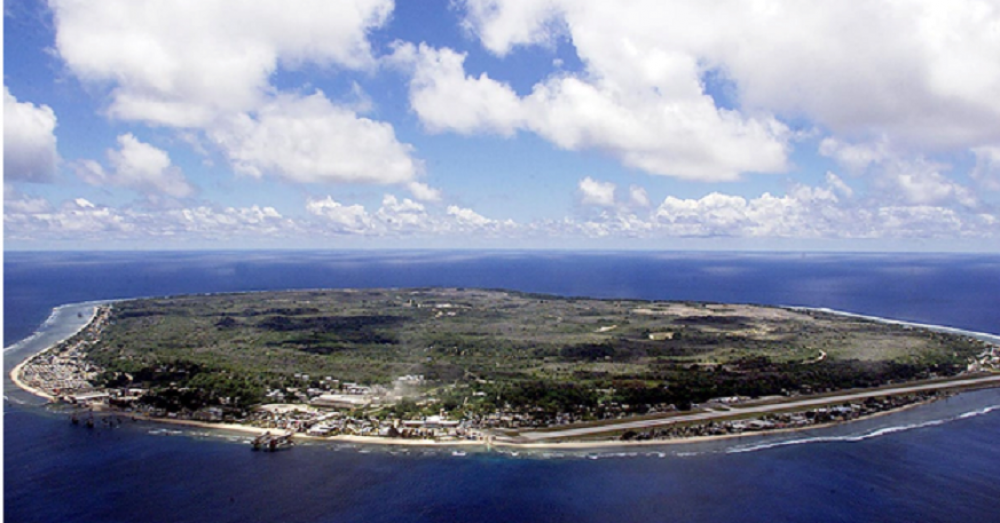It’s the world’s smallest island nation measuring just eight square miles and is larger than just two other countries: the Vatican City and Monaco.
It is more than 50 years since Nauru gained independence. Settled byMicronesians and Polynesians at least 3,000 years ago, the remote Pacific island nation was annexed by Germany in 1888, ruled by the UK, Australia and New Zealand under a League of Nations mandate.
But after the First World War, it was captured by the Japanese in 1942, then governed (again by the UK, Australia and New Zealand) under a United Nations agreement until 1966a and full independence came two years later in 1968.
As a member of the Commonwealth, Naura was a logical stop on the Queen’s 1982 tour of the South Pacific putting HRH in a rather exclusive club with only around 200 tourists who make it to Nauru each year, which means perhaps 15,000 living souls - or 0.0002% of the global population - have been there.
For ultimate globetrotting bragging rights, one has to head first to Brisbane and then board the daily four-and-a-half-hour flight to the island with Nauru Airlines and you will need a visa. There are two hotels: Menen and OD-N-Aiwo.
Nauru has no protected areas, no World Heritage Sites, no rivers, and just 30km of roads.
According to the CIA's World Factbook, 71.1 per cent of its 10,000 residents are obese. There is a clear obesity problem in the South Pacific, with the weight of adults increasing at four times the global average.
The GDP of Nauru is a paltry $102mn.
A 3.9km stretch of narrow gauge railway was built in 1907 for the transport of mined phosphate, the lynchpin of the island’s economy for decades.
The island is ringed by coral reef, which prevents it from having a port but makes it a fair bet for diving and snorkelling (the impact of phosphate mining, however, has wiped out much of the marine life).
By the turn of the century, Nauru was virtually bankrupt. The entire centre of the island had been ravaged by strip mining and was virtually unusable. Unemployment was at 90 per cent. Corruption and money-laundering festered. Climate change was wrecking its fishing industry.
The Australian government offered it a sackful of cash in 2001 to host an offshore asylum processing centre and it had no choice but to accept.
Given its close ties with Australia, New Zealand and the UK, it will come as no surprise to learn that Nauru is one of 45 countries where at least half of the population speak English. However, the official language is Nauruan, a distinct Pacific island language that is spoken in most homes.
Share This Post















